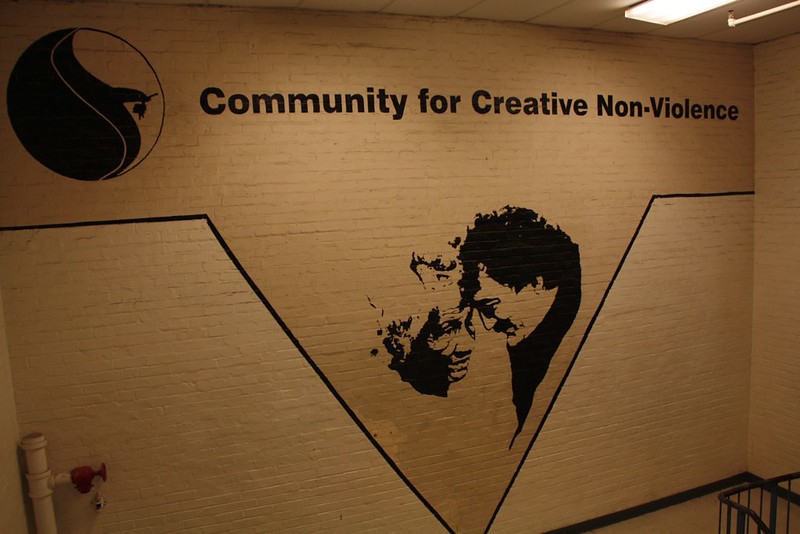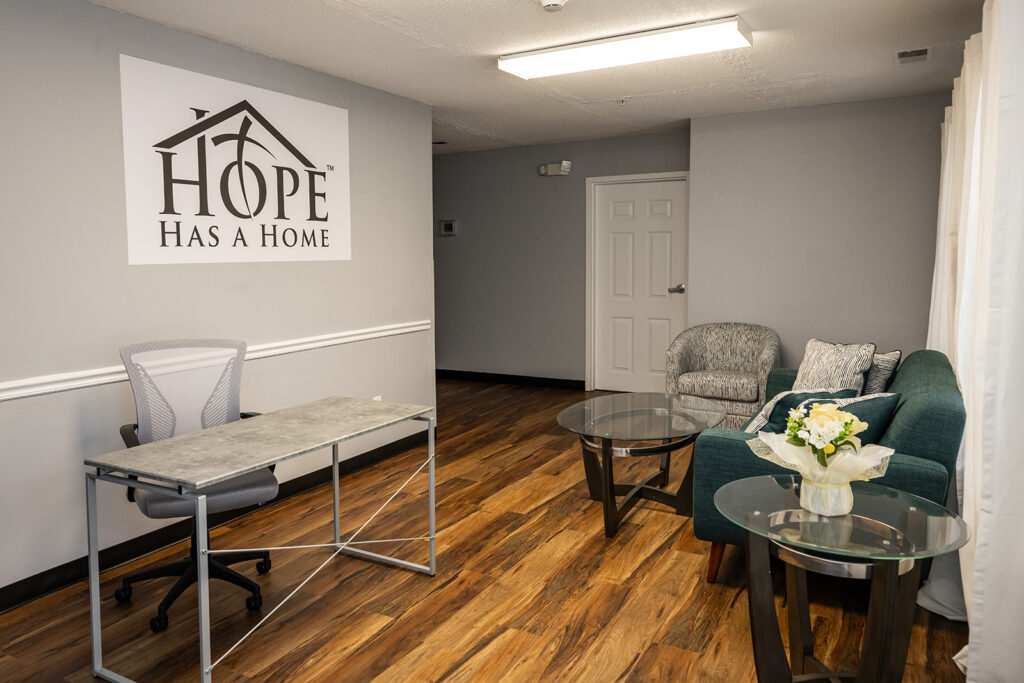At a July 17 hearing on capacity at the District’s homeless shelters, City Council member Tommy Wells listened to testimony about overflowing women’s shelters, homeless mothers sleeping in cars and an infant marooned in a hospital because the child’s parents could not get a place in a shelter.
As for sheltering homeless women and families in the District, Wells concluded, “I’m fairly convinced we have a crisis.”
Since the winter season’s emergency beds were closed in April, the 352 city-funded beds in women’s shelters have often been filled. So women seeking shelter have been regularly turned away, said Debbie Billet-Roumell of the D.C. Women’s Agenda, a local advocacy group.
“Offering shelter based on climate is not working,” she said.
The need for emergency shelter for families is even more acute, according to witnesses who spoke at the hearing. Currently in D.C. at least 280 families remain on a waiting list for emergency shelter.
In the midst of the national recession, family homelessness has been climbing steadily. “With D.C. at over 10% unemployment, we are not being spared,” Wells noted.
Among the 6,228 literally homeless people reported in the District’s annual homeless count this year were members of 703 families. The families included 868 adults and 1,426 children.
The total of homeless people living in families in the District grew by 25% since 2008, according to the homeless count.
The District currently provides emergency shelter for 162 families, including space in former patient rooms at the crumbling D.C. General Hospital.
“I’m going to investigate what it means to have 280 families on a waiting list for housing,” said Wells. “We don’t want to have tent cities across the District.”
Some speakers at the hearing stressed the importance of providing additional emergency shelter beds for women and reopening an additional 40 rooms at D.C. General that were used to shelter families last winter. Another family shelter, the blighted 115-family D.C. Village, was closed in 2007.
But the District’s Department of Human Services Director Clarence Carter stressed the city’s efforts to move past a reliance upon shelters as a way of coping with homelessness.
“Emergency shelters only serve to warehouse those with the greatest need, produce few positive exits and even fewer instances of housing stability,” he said.
Under the administration of Mayor Adrian Fenty, the city has invested $12 million to move 463 chronically homeless individuals and 56 families into permanent supportive housing. The program will move approximately 160 more single people and 24 more families into housing in the coming months, Carter said. In addition, a $7.4 million federally funded homelessness prevention and rapid rehousing program is expected to be up and running soon, Carter said.
“Shelter is not home,” Carter said. “We should continue to work to reduce emergency shelter in exchange for housing, whether it is transitional, permanent supportive or just plain affordable.”
Yet until adequate housing is in place, the wait for emergency shelter puts homeless people, especially families, in a desperate state of limbo, according to Marta Beresin, staff attorney for the Washington Legal Clinic for the Homeless.
“These families are living from pillar to post,” Beresin testified, “praying each day that a friend or relative will let them stay one more night, traveling back and forth from the family resource center waiting and hoping for a spot at D.C. General Shelter so they can stabilize their lives.”








